Comparative transcriptome analysis of a lowly virulent strain of Erwinia amylovora in shoots of two apple cultivars - susceptible and resistant to fire blight
- PMID: 29132313
- PMCID: PMC5683332
- DOI: 10.1186/s12864-017-4251-z
Comparative transcriptome analysis of a lowly virulent strain of Erwinia amylovora in shoots of two apple cultivars - susceptible and resistant to fire blight
Abstract
Background: Erwinia amylovora is generally considered to be a homogeneous species in terms of phenotypic and genetic features. However, strains show variation in their virulence, particularly on hosts with different susceptibility to fire blight. We applied the RNA-seq technique to elucidate transcriptome-level changes of the lowly virulent E. amylovora 650 strain during infection of shoots of susceptible (Idared) and resistant (Free Redstar) apple cultivars.
Results: The highest number of differentially expressed E. amylovora genes between the two apple genotypes was observed at 24 h after inoculation. Six days after inoculation, only a few bacterial genes were differentially expressed in the susceptible and resistant apple cultivars. The analysis of differentially expressed gene functions showed that generally, higher expression of genes related to stress response and defence against toxic compounds was observed in Free Redstar. Also in this cultivar, higher expression of flagellar genes (FlaI), which are recognized as PAMP (pathogen-associated molecular pattern) by the innate immune systems of plants, was noted. Additionally, several genes that have not yet been proven to play a role in the pathogenic abilities of E. amylovora were found to be differentially expressed in the two apple cultivars.
Conclusions: This RNA-seq analysis generated a novel dataset describing the transcriptional response of the lowly virulent strain of E. amylovora in susceptible and resistant apple cultivar. Most genes were regulated in the same way in both apple cultivars, but there were also some cultivar-specific responses suggesting that the environment in Free Redstar is more stressful for bacteria what can be the reason of their inability to infect of this cultivar. Among genes with the highest fold change in expression between experimental combinations or with the highest transcript abundance, there are many genes without ascribed functions, which have never been tested for their role in pathogenicity. Overall, this study provides the first transcriptional profile by RNA-seq of E. amylovora during infection of a host plant and insights into the transcriptional response of this pathogen in the environments of susceptible and resistant apple plants.
Keywords: Fire blight; RNA-seq; Virulence.
Conflict of interest statement
Ethics approval and consent to participate
Plant material was bought from the commercial nursery or originated from the experimental orchard of Research Institute of Horticulture. No field permissions were necessary to collect the plant samples. No specimens have been deposited as vouchers. Research Institute of Horticulture possess a permission of Main Inspectorate of Plant Health and Seed Inspection, Poland for work with quarantine pathogen
Consent for publication
Not applicable.
Competing interests
The authors declare that they have no competing interests.
Publisher’s Note
Springer Nature remains neutral with regard to jurisdictional claims in published maps and institutional affiliations.
Figures
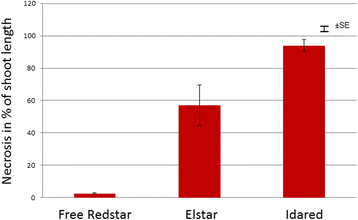
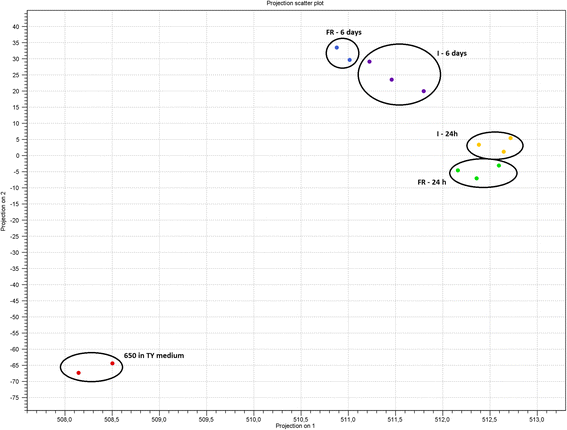
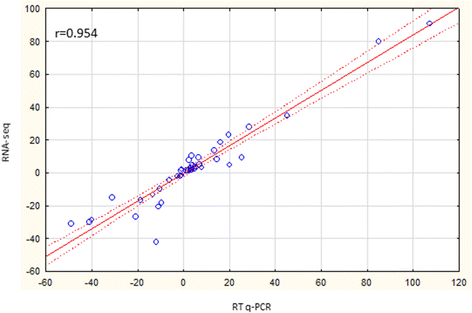
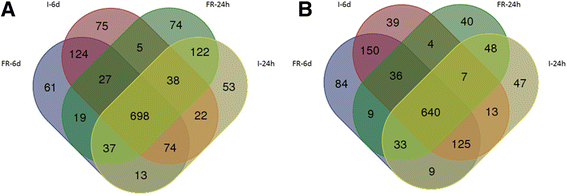
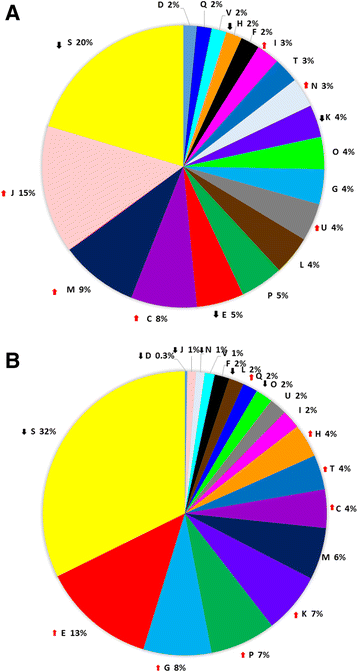
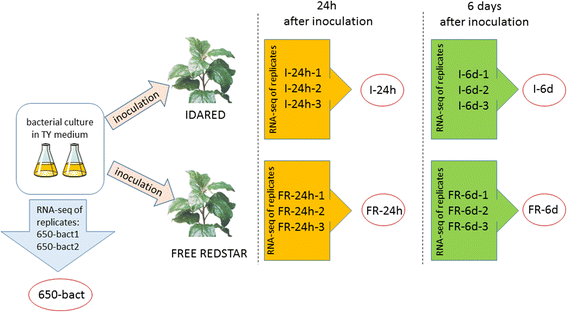
References
-
- Van der Zwet T, Keil HL. Fire blight—a bacterial disease of rosaceous plants. Agricultural handbook 510, U.S. Washington: Department of Agriculture; 1979.
Publication types
MeSH terms
Grants and funding
LinkOut - more resources
Full Text Sources
Other Literature Sources

